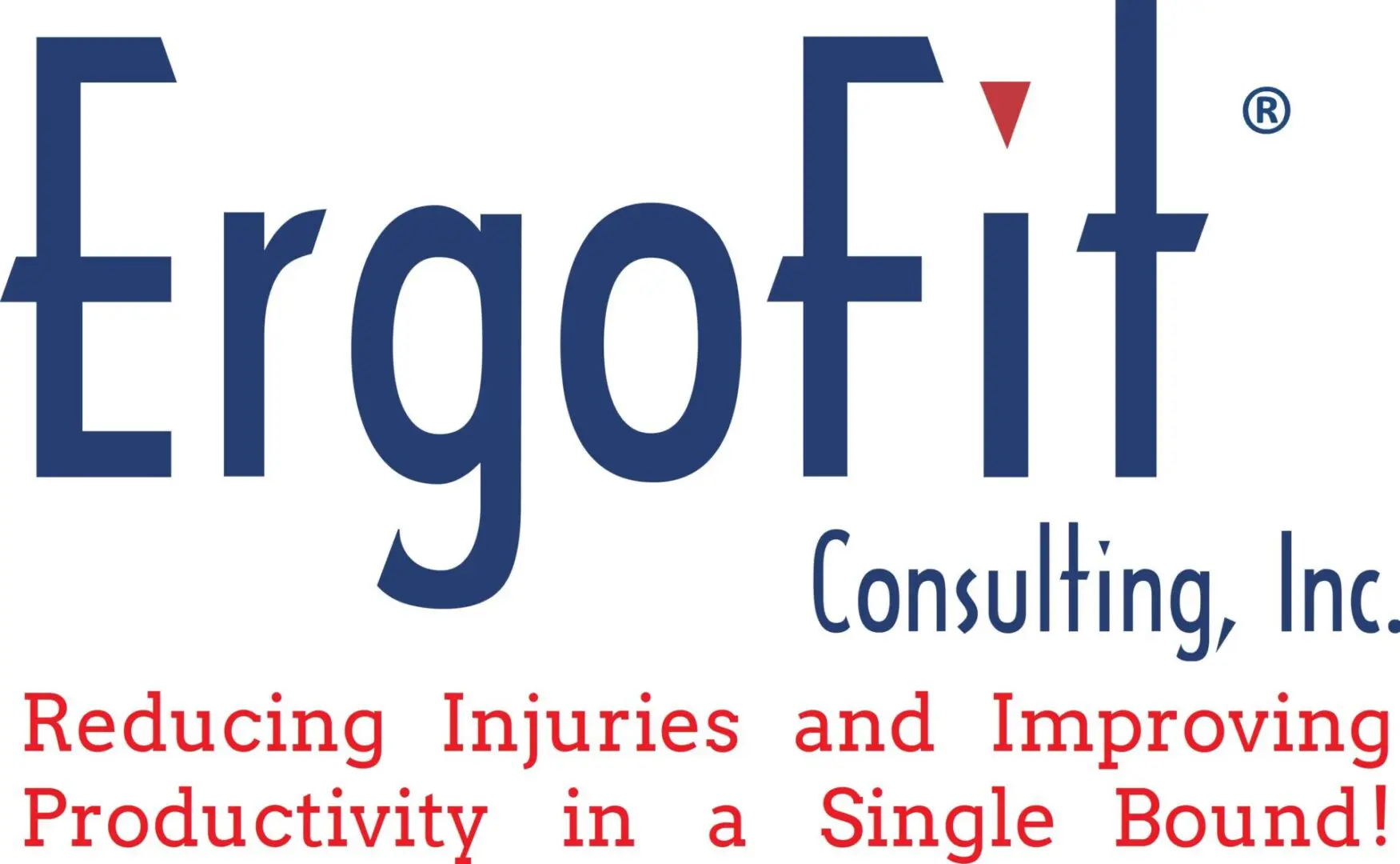
What to Avoid During Workplace Stretching?
In the modern workplace, where long hours of desk-bound work are common, incorporating stretching routines has become increasingly popular to maintain employee well-being. However, not all stretching practices are beneficial or safe in a work environment.
In more physical jobs, a different type of stretching program will be beneficial. It’s crucial to understand what type of stretching program is best for your job positions, and what to avoid during workplace stretching to ensure these exercises are both effective and safe. This article will explore common mistakes, inappropriate stretching methods, and ways to ensure proper form and technique, providing valuable insights into how to make workplace stretching beneficial for employees.
Related Link: The Future of Office Work
Common Mistakes in Workplace Stretching Routines
One frequent mistake in workplace stretching routines is a lack of understanding about the various methods of stretching and their purposes. People often assume there is only one way to stretch, but different methods serve different needs. For instance, static stretching involves holding a position for 15-30 seconds, which is common in many “Stretch & Flex” programs. However, this method may not always be the most effective for workplace settings, where dynamic or active stretches might be more beneficial.
Ensure your workplace stretching routines are safe and effective – ErgoFit Consulting can help you avoid common pitfalls. Contact us for expert advice.
The Importance of Avoiding Bouncing or Ballistic Movements While Stretching at Work
Bouncing or ballistic stretching, which involves repeated bouncing movements at the end of a joint’s range of motion, may not be suitable for a workplace environment. This type of stretching can trigger the stretch reflex, causing muscle contraction rather than relaxation and lengthening. This is particularly relevant in a workplace setting, where the goal of stretching is often to relax and lengthen the muscles, not to engage them intensely.
It’s recommended to focus on more controlled stretching techniques that allow for gradual muscle elongation without the risk of overextending the muscles. Static stretches, where a stretch is held in a comfortable position for a period, or dynamic stretches, which involve gentle movements through the full range of motion, are often more appropriate in a workplace setting.
What Type of Stretching Program is Right For You?
A 2004 literature review of 361 articles worldwide found that static stretching (15 sec or longer) prior to physical activity results in no significant injury reduction. In a study involving 30 university participants, it was found that 15-second static stretches followed by a strength test led to a decrease in knee flexion strength by 7.3% and knee extension strength by 8.1%.
Additionally, it can cause negative effects like increased blood pressure, reduced strength, and reduced balance.
This is why ErgoFit has TWO types of stretching programs! One is dynamic to prepare for physical work, and the other is briefly static throughout the day to relieve soft tissues.
Potential Risks of Overstretching During Workplace Stretching Sessions
Overstretching can lead to discomfort and even injury, particularly if employees are not accustomed to stretching regularly. The key to preventing overstretching is to encourage employees to stretch within their comfort zone and avoid pushing beyond their natural flexibility limits. It’s important to remind everyone that stretching should not cause pain.
Educating employees about the signs of overstretching and the importance of listening to their bodies can help prevent injuries. Encouraging a gradual approach to stretching, where employees incrementally increase their range of motion over time, can also be effective in building flexibility safely and sustainably.
Specific Stretches to Avoid in a Workplace Setting and Why
Certain stretches may not be suitable for a workplace setting due to the risk of strain or injury. For example, deep stretches that require a high level of flexibility or balance are t not appropriate in a physically demanding job.
Stretches that put undue pressure on the back or joints, or those that require bouncing movements, should always be avoided.
Instead, focus should be on gentle stretches that can be performed safely in a limited space, without special equipment. These include neck rolls, shoulder shrugs, wrist and ankle circles, and gentle back stretches, as well as other stretches offered by ErgoFit. These types of stretches can be easily integrated throughout the workday without disrupting overly work or risking injury.
Ensuring Proper Form and Technique During Stretches at Work
Proper form and technique are crucial for effective and safe stretching. Employees should be educated on the importance of maintaining good form when doing stretches. This includes stretching slowly and smoothly, avoiding bouncing, and breathing naturally. Stretching should be done to the point of mild tension not pain.
Regular training sessions or workshops can be helpful in teaching employees proper stretching techniques. Visual guides or instructional videos can also be a useful reference. Additionally, having trained professionals, such as therapists or fitness trainers, conduct periodic sessions can ensure employees are using correct form and technique.
Related Link: Important Safety Considerations When Working From Home
How Ergofit Consulting Can Enhance Workplace Stretching Programs
Ergofit Consulting can be a great resource in improving the effectiveness of workplace stretching programs. Our expertise in ergonomics and biomechanics has informed our static and dynamic stretching programs and keeps your workforce healthy with a good range of motion. We focus on stretches that are safe, easy to perform in a workplace setting, and targeted towards the common muscle groups affected by light or heavy work such as office or industrial/trades environments.
We also provide training and educational materials to ensure that employees understand the correct way to perform each stretch, why they are doing it, and how it benefits them. This approach not only helps in reducing the risk of discomfort and injury but also promotes a culture of health and wellness within the workplace. With Ergofit Consulting, your organization can implement a more effective and scientifically backed stretching program that benefits both the employees and the company.
Maximize the benefits of stretching at work without the risks; let ErgoFit Consulting guide you in the right direction – reach out for a consultation today.
Stretching Safely: Enhancing Workplace Wellness with Informed Practices
Understanding what to avoid during workplace stretching is key to ensuring these routines are beneficial and do not inadvertently lead to discomfort or injury. By recognizing the potential risks associated with certain types of stretches and emphasizing the importance of proper technique, employees can safely incorporate stretching into their daily work routine. A well-designed stretching program, tailored to the needs of the workforce and implemented with guidance from experts like Ergofit Consulting, can be a valuable component of a comprehensive workplace wellness strategy. Such initiatives not only promote physical well-being but also contribute to a more energetic and productive workforce.
Related Link: Pros and Cons of “Active Office” Gadgets
